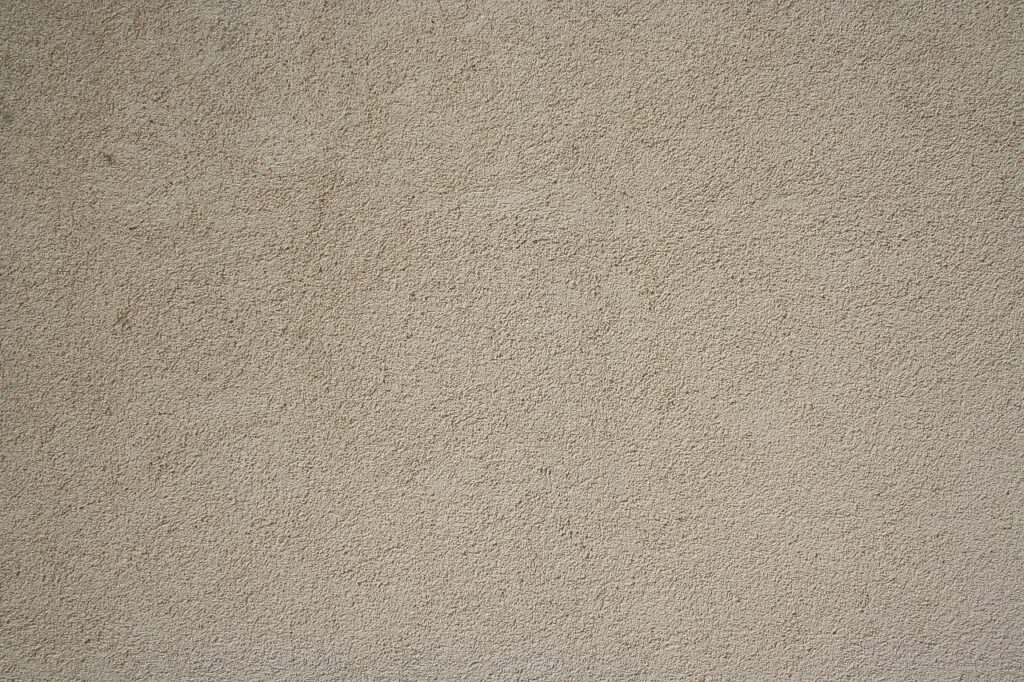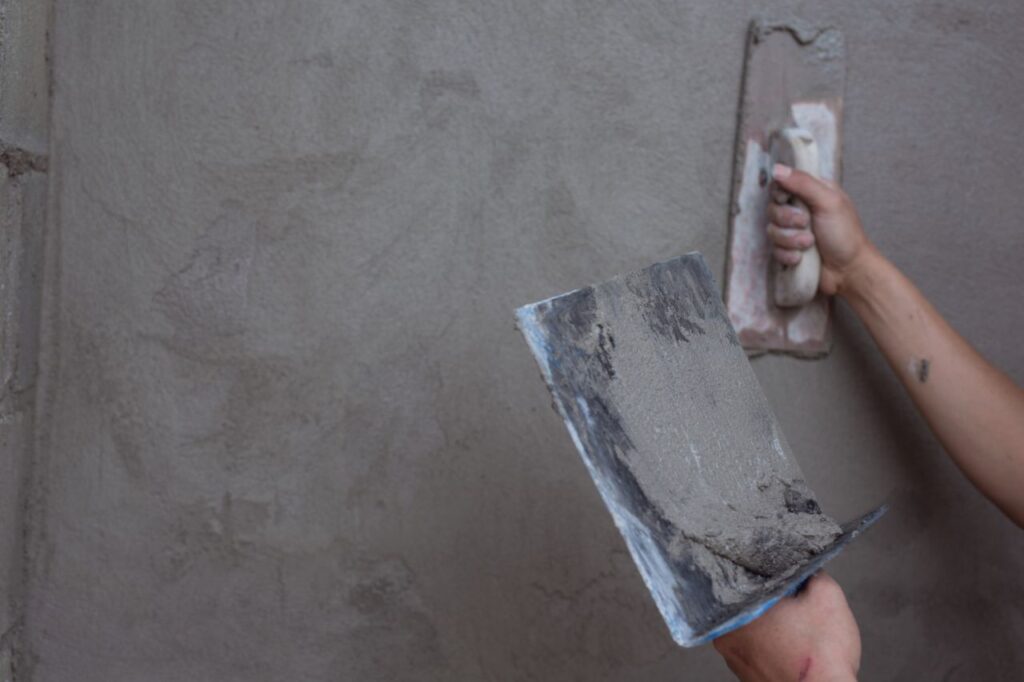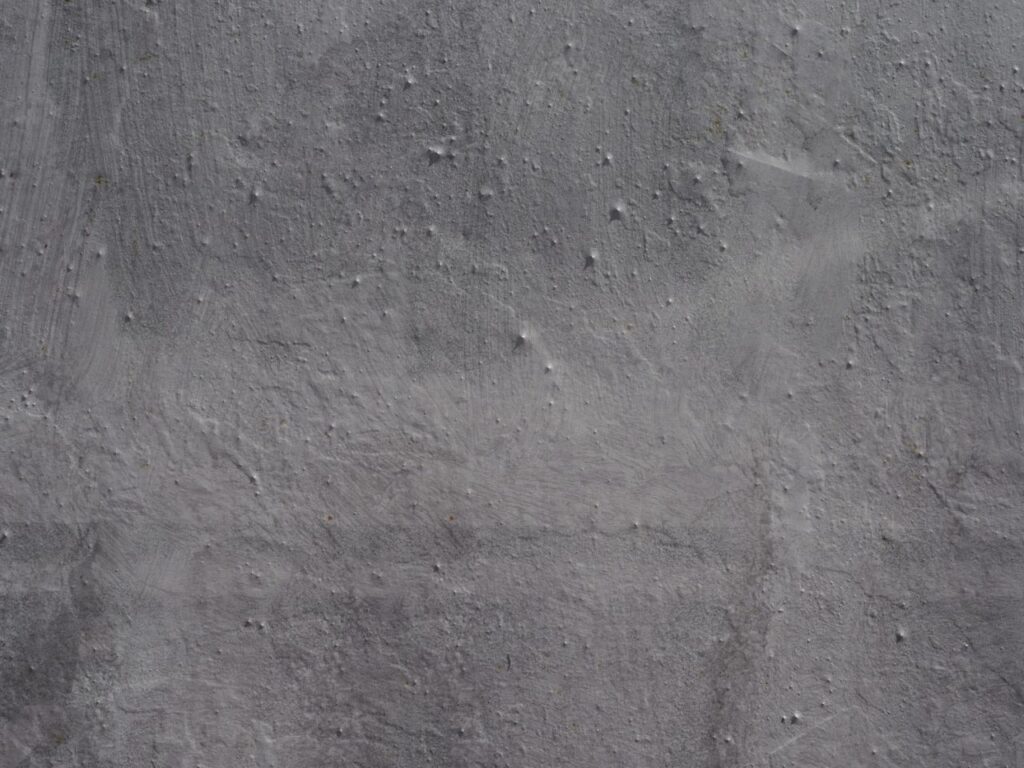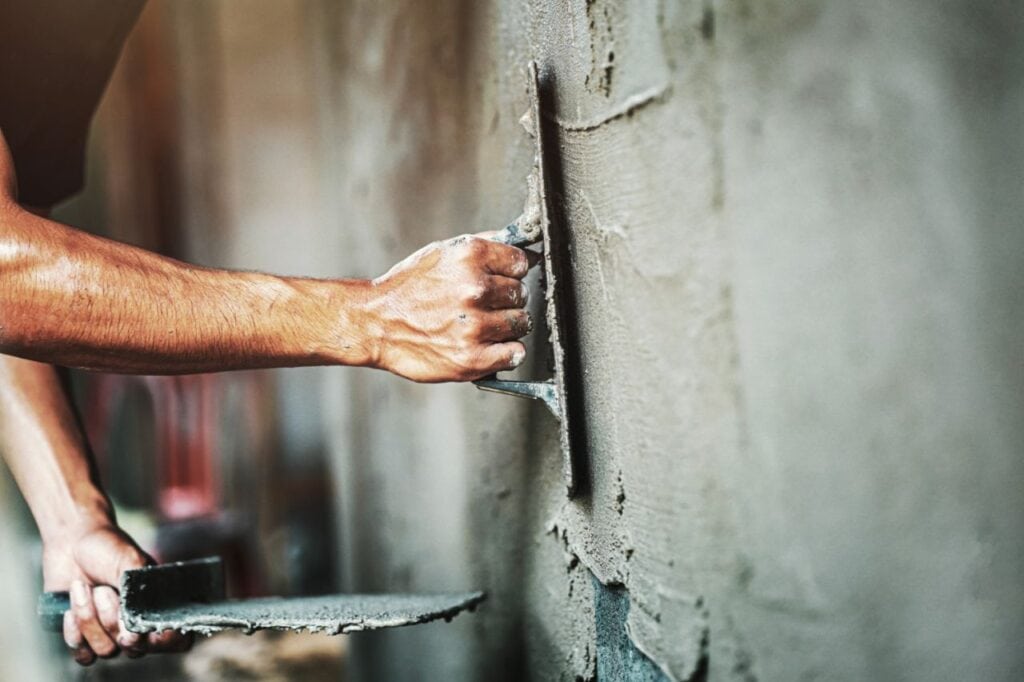There is a solid reason why plaster walls have been a well-liked option for interior wall coverings for many decades. Plaster is a versatile material that provides a variety of advantages compared to other wall coverings; however, it also possesses a few potential disadvantages before deciding to put it in your house.
Plaster walls also offer several advantages when it comes to pest control. Firstly, their solid construction and seamless finish provide fewer opportunities for pests to find entry points and establish nesting areas within the walls.
Unlike other wall materials that may have gaps or porous surfaces, plaster walls create a sturdy barrier that makes it challenging for pests to penetrate. Additionally, plaster has low moisture retention properties, which helps to minimize the conditions conducive to pest infestations.
By maintaining proper ventilation and addressing any cracks or damages promptly, you can further enhance the pest resistance of plaster walls and reduce the risk of pest-related issues in your home.
The use of plaster on walls is going to be discussed in this blog entry, along with its advantages and disadvantages.
What Is Plaster?
The use of plaster to create sturdy and aesthetically pleasing walls and ceilings dates back thousands of years. Layers of a lime, sand, and water mixture are laid down over a lath or wire mesh framework to create this. Plaster hardens as it dries, creating a secure bond between itself and the substrate.
Plaster comes in many varieties, each with its own set of uses. Gypsum plaster is a popular option because it can be easily fabricated from gypsum rock. This plaster is simple to apply and sands to a smooth finish, making it ideal for walls and ceilings.
Lime plaster, which consists of lime, sand, and water, is another type of plaster. When dealing with moisture issues, lime plaster is preferable to gypsum plaster because of its greater breathability. Venetian plaster, for example, can be used to create a decorative finish that mimics the look of marble.
Drywall, a contemporary building material made from gypsum board, is frequently replaced with plaster. Drywall is more convenient to work with because of its speed and ease of installation, but it needs more durability and the aesthetic appeal of plaster. Plaster walls are commonly used in residential and commercial structures due to their durability, smoothness, and sound-absorbing capabilities.
Advantages Of Plaster Walls
Plaster on metal lath walls and plaster veneer on blue board have largely replaced plaster and wood lath walls, in addition to drywall. Besides the many benefits, modern techniques make it possible for homeowners to create one-of-a-kind plaster kitchen designs.
Durability
The durability plaster provides the greatest benefit you'll find. When the plaster is applied, a chemical reaction occurs as the water evaporates, making the plaster much more durable.
Adding steel lath or hard backing boards can give your plastered wall a much more permanent solution in modern times. Because of the thin wood lath used in the production of the backing used in older homes, the application of plaster over resistive backing can allow it to remain open for a longer period of time.
Soundproofing
Plaster walls also offer the added benefit of being relatively silent. Due to their dense and thick composition, plaster walls are excellent at preventing noise from travelling through them. Apartments, hotels, and business meetings are just some examples of spaces that could benefit from this, as they all value privacy and quiet.
Plaster walls have a high mass, which helps to absorb and diffuse noise. Plaster walls are known to be effective at reducing noise transfer between rooms due to their dense composition. Plaster walls that have insulation added to them are even better at blocking sound because less sound travels through the wall assembly.
Plaster walls are effective at dampening noise, but only if they are installed and finished properly. This may require sound-dampening insulation, resilient channels to separate the wall from the framing, or multiple coats of plaster.
Plaster Walls Are More Solid And Thicker
When properly applied, plaster provides a strong and sturdy surface; once painted, it becomes a blank canvas for your artistic expression. Plaster prevents the growth of moss, so you can paint over it without worrying that you will ruin the walls. Plaster can become soundproof if the wall is thick enough, which is something else to keep in mind.
Resistance To Mould And Mildew
Mould does not thrive on plaster. Plaster walls are unaffected by mould and mildew, even if they eat the paint or dirt on them. The removal of the offending growth will leave the wall in pristine condition.
Plaster Is More Durable
When compared to drywall, a solid plaster wall has significantly greater tensile strength. Just compare the effort required to sand-cured plaster or punch a hole in a plaster wall to that of drywall. That's not going to happen. Because of this robustness, you can protect your drywall from the typical dings, nicks, and dents.
Fire Resistance

Plaster walls are beneficial because they are fireproof. In addition, it is impossible to start a fire with plaster because it is not combustible. That's why it's appropriate for use in residences, workplaces, and anywhere else where preventing fires is a priority.
Plaster walls not only prevent fires from starting but also contain them.
Plaster's ability to absorb heat comes from dehydration, in which water molecules are released. In addition, plaster walls can help to prevent a fire from spreading across a structure because they create a physical barrier.
Plaster walls may be preferable in the event of a fire since they release less hazardous vapours than those made from other materials. In addition, the gypsum in the plaster serves as a natural fire retardant, cutting down on the spread of smoke and harmful gases.
Plaster Is Simple To Clean
Plaster's durability means that it can be easily sanded down to a smooth finish, making even the toughest spots a breeze to clean. In addition, the non-cracking nature of plaster's base means that you can generally ease it up knowing that you are not harmed. Because of its durability and other great benefits, plaster has been used as a wall-coating fabric for a very long time, and it's still commonly employed today.
Breathability
Plaster walls can also benefit from ventilation. Plaster allows air and moisture to circulate because it is porous. This can help prevent the growth of mould and mildew, which is especially useful in damp buildings.
Plaster walls allow for greater ventilation in a building because of their porous nature. This aids in controlling the relative humidity inside the structure, which is especially useful in high-humidity regions or buildings with inadequate ventilation. Controlling humidity helps protect building occupants and the building itself from the health hazards posed by mould and mildew.
Plaster's breathability aids in moisture management and also boosts indoor air quality. Free flow of air within a building can aid in preventing the accumulation of contaminants and allergens. Those with respiratory or allergic conditions may benefit greatly from this.
A More Elegant Appearance
Plaster is great if you want to present your home in a more refined light. Plaster, which has been around for a long time, is often used by those who want to give their home or building a vintage appearance. In addition, plaster is a great option for creating stylish walls.
Plaster Is Low-Energy
The advantages of a wall with greater thickness take time to be apparent. There are many justifications, but one of the most prominent is energy efficiency. Plaster walls are 7/8 inches thick, nearly twice as thick as drywall. Plaster walls are more energy efficient because they are thicker and act as better thermal breaks than drywall.
Disadvantage Of Plaster Wall
When compared to drywall construction, plaster walls have a variety of disadvantages that should be taken into consideration.
Build Costly
Plaster walls are more expensive to build because they require more skilled labour than drywall. Drywall compound has a longer drying time than plaster and can extend a project by several days, requiring less labour. There are three stages to installing drywall, the middle of which involves a lot of dusty sanding. Plastering doesn't require sanding, and it can usually be finished in a day, but it requires more work overall.
It Can Be Difficult To Paint On Plaster
Plaster's porous surface makes it challenging to paint, but the idea is brilliant nonetheless. Plaster is long-lasting and simple to paint, though it might require more than a second coat to get the look you want. If you want to paint over plaster, you may need more patience, but it's a great material to work with.
Plaster Repair Can Be Expensive
Plaster repair costs can quickly add up if you need help finding a qualified plaster contractor to do the work. In addition, in extreme cases of wall repair, a large chunk of plaster may need to be removed before the area can be painted.
Inconvenience
Plaster walls present unique challenges for homeowners. Anchors and pilot holes are required for hanging heavy objects like televisions or paintings. Cleaning textured plaster walls is a pain. Cutting open a wall to install new wiring or gain access to pipes behind the wall is a more simplistic solution. The plaster will need to penetrate the lath holding the insulation in place if you're retrofitting it into an existing exterior plaster wall.
More Costly Than Drywall
Plaster is usually less expensive than drywall, but there are exceptions. Plaster can become more expensive than drywall coating, but this frequently depends on your location or provider.
Time-Consuming Installation
Plaster walls can be time-consuming to install, which is one of their drawbacks. Plaster walls, in contrast to materials like drywall or panelling, necessitate the expertise of a trained professional for proper installation.
This can increase the project budget and lengthen the time needed to complete the building.
Plastering a wall requires several steps, including surface preparation, the application of a base coat, and the application of a finishing coat. Depending on the scope of the undertaking, each stage may take several days to complete.
Prone To Cracking
Plaster walls also have the drawback of being easily cracked. Many factors, including structural shifts, changes in humidity or temperature, and simple ageing, can contribute to this.
Plaster walls also have the disadvantage of being easily cracked. Many factors, including structural shifts, changes in humidity or temperature, and simple ageing, can contribute to this.
Maintaining plaster walls and fixing any cracks as soon as they appear is essential for preventing further damage. Plastering over the hole or using some other method of wall reinforcement are both viable options. However, removing the damaged portion of the wall and repairing it entirely may be required.
Things Are More Difficult To Hang
Plaster's strength is an advantage, but it also makes it more challenging to nail or drill into, complicating the decorating process. This earlier post includes helpful advice for hanging items on a plaster wall. However, if your walls are made of plaster, you may find that even trying to nail something to them is futile.
Not For Humid Climates
Plaster walls are also not ideal for use in particularly humid environments. Plaster's porous nature makes it susceptible to deterioration from exposure to atmospheric moisture. This is of special concern in humid climates, where the air's moisture content tends to remain high.
High humidity causes plaster to soften and sponge out, which can cause cracking, crumbling, or even total wall failure. Furthermore, mould and mildew, which can harm building occupants' health, can thrive on damp plaster walls.
Plaster walls must be properly maintained in humid climates to avoid these problems. For this purpose, dehumidifiers can be useful, and so can the detection and repair of any wall cracks or other architectural flaws that may be letting moisture in.
Repairing Is Difficult
Plaster walls can be tricky to fix, which is one of their disadvantages. Plaster walls are relatively easy to repair if only a small section is damaged. However, larger holes or damage may require more extensive repairs or wall replacement.
Plaster is a specialised material that needs to be restored by a skilled craftsman to look as good as new. As a result, plaster repairs are more costly than those on other wall materials like drywall or panelling.
Maintaining plaster walls and fixing problems as soon as they appear can help avoid the need for costly repairs in the future. In addition, regular maintenance and inspections can help spot any damage; if necessary, a skilled plaster artisan can be brought in to make the necessary repairs.
Conclusion
Plaster has been used for thousands of years because of its adaptability and ability to produce strong and visually beautiful walls and ceilings. These walls are constructed from layers of a lime, sand, and water combination that, upon drying, becomes extremely hard and forms a strong link with the substrate upon which it rests. Depending on your moisture problems or desired aesthetic, you can choose among plasters like gypsum plaster, lime plaster, or Venetian plaster.
Plaster is often used in place of drywall, a modern building material produced from gypsum board, because of the former's faster installation time and the latter's lack of durability and aesthetic appeal. Plaster walls are popular for both residential and commercial construction because they are long-lasting, easy to clean, and great at dampening outside noise.
Plaster walls are more lasting because they can be coated with steel lath or firm backing boards, which prevents damage over time. Additionally, its dense and thick nature aids with soundproofing by soaking up and dispersing any incoming noise. However, soundproofing insulation, robust channels, or many coats of plaster may be required for effective installation and completion.
Plaster walls are thicker and more robust, so they provide a reliable and stable canvas for artwork. They can be used everywhere when safety from fire is a concern thanks to their resistance to mould and mildew. They are more durable than drywall and require less maintenance thanks to their high tensile strength.
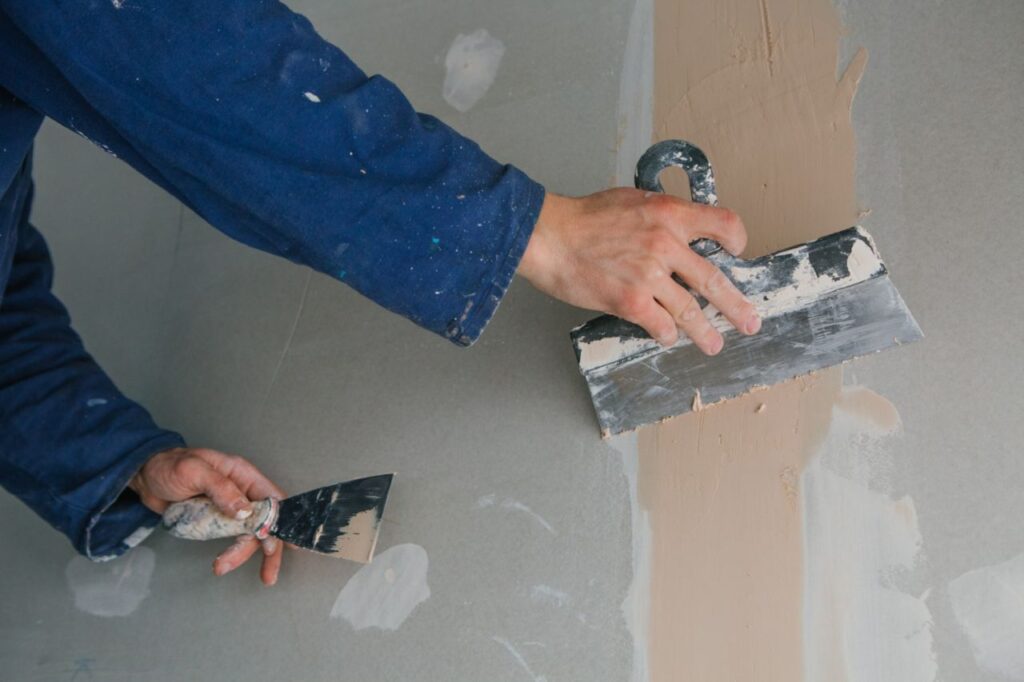
Plaster walls are also beneficial because they enable air and moisture to circulate, reducing the likelihood of mould and mildew.
This is especially helpful in wet structures, where good ventilation is critical for the health of the building's inhabitants and the preservation of the building itself.
Plaster walls have a number of advantages, such as improved air quality within the home, reduced moisture buildup, and greater ventilation.
They're 7/8 inches thick, which is nearly twice as thick as drywall and makes them better at insulating a home. Their construction is more costly than drywall since it requires expert labour and takes longer to dry. Although plaster walls are durable and easy to work with, their porous surface can make painting them a challenge.
It might be costly to repair plaster, especially if you need to hire a professional. Anchors and pilot holes for hanging heavy objects, washing textured plaster walls, and higher costs than drywall covering are only some of the ways in which they differ from standard home construction.
Plaster walls require the skill of a skilled professional to install, which can drive up labour costs and delay the building's completion. Plaster walls easily crack owing to structural adjustments, changes in humidity or temperature, or even just simple ageing. Plaster walls must be maintained by repairing cracks and other damage.
Plaster is strong, therefore, it can be difficult to nail or drill into it when hanging walls. It can be difficult to avoid damage when hanging things on plaster walls. The porous nature of plaster makes it unsuitable for usage in high-humidity areas, where it is prone to cracking, crumbling, and even complete collapse.
Larger flaws or damage in plaster walls require more substantial repairs or replacement. A long-lasting, energy-efficient plaster wall is possible with proper care and inspections at regular intervals.
Content Summary
- Plaster walls have been a popular option for interior wall coverings for many decades.
- Plaster is a versatile material with several advantages compared to other wall coverings.
- Plaster is created by layering a mixture of lime, sand, and water over a lath or wire mesh framework.
- Gypsum plaster is a popular option as it can be easily fabricated and provides a smooth finish.
- Lime plaster is preferable in moisture-prone areas due to its breathability.
- Plaster walls are commonly used in residential and commercial structures.
- Plaster walls are durable and provide a secure bond with the substrate.
- Steel lath or hard backing boards can enhance the durability of plastered walls.
- Plaster walls are effective at soundproofing, making them ideal for spaces that value privacy and quiet.
- Plaster walls absorb and diffuse noise due to their dense composition.
- Insulated plaster walls offer enhanced sound-blocking capabilities.
- Properly applied plaster provides a strong and sturdy surface for painting and artistic expression.
- Plaster walls resist the growth of mould and mildew.
- Plaster walls are more durable and resistant to dings, nicks, and dents compared to drywall.
- Plaster walls are fire-resistant and help contain fires within a structure.
- Plaster is easy to clean and can be sanded to a smooth finish.
- Plaster walls are breathable, allowing for air and moisture circulation.
- Breathable plaster walls help prevent mould and mildew, and improve indoor air quality.
- Plaster walls give a home a more elegant appearance.
- Plaster walls are thicker than drywall, providing better thermal breaks and energy efficiency.
- Plaster walls require skilled labour and are more expensive to install than drywall.
- Painting on plaster can be challenging due to its porous surface.
- Plaster repair can be expensive and may require the removal of large sections.
- Hanging heavy objects on plaster walls requires anchors and pilot holes.
- Cleaning textured plaster walls can be difficult.
- Plaster walls can be more expensive than drywall, depending on location or provider.
- Installing plaster walls is time-consuming and requires professional expertise.
- Plaster walls are prone to cracking due to structural shifts, temperature changes, and aging.
- Proper maintenance is necessary to prevent further damage to plaster walls.
- Nailing or drilling into plaster walls can be challenging.
- Plaster walls are not ideal for humid climates as they can deteriorate from moisture exposure.
- High humidity can cause plaster walls to soften, crack, or crumble.
- Plaster walls require proper maintenance in humid climates to prevent damage and mould growth.
- Repairing plaster walls can be difficult and costly, especially for larger holes or damage.
- Skilled craftsmen are needed to restore plaster walls to their original condition.
- Regular maintenance and inspections help identify and address plaster wall issues promptly.
Plaster walls have several advantages over drywall, including durability, aesthetic appeal, versatility, and soundproofing. However, they can be more expensive and time-consuming to install and prone to cracking and unsuitable for humid climates.
Plaster walls can last for decades with proper maintenance. They are strong and resistant to impact and wear.
Yes, plaster walls can be painted or stained to match any decor. They can also be finished in a variety of textures and finishes.
Repairing a cracked plaster wall can be difficult and expensive. The damaged area may need to be cut out and replaced with new plaster, and the surrounding area may need to be re-textured and repainted to match.
Plaster walls are generally more durable than other types of wall finishes, such as drywall or wallpaper. However, they can be more prone to cracking if the underlying structure of the building shifts or settles over time.

